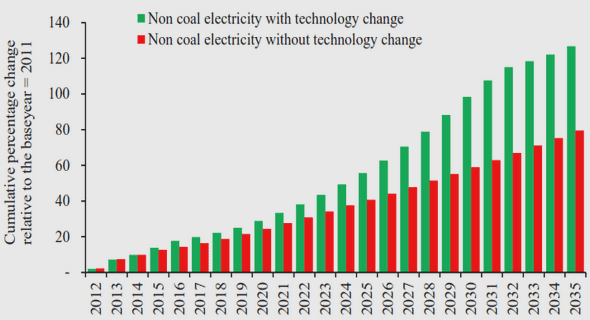(Downloads - 0)
For more info about our services contact : help@bestpfe.com
Table of contents
1 Introduction
1.1 Compactifications, fluxes and generalized geometry
1.2 Outline of the thesis
2 Generalized structures in type II supergravity
2.1 Motivation
2.2 G-structures
2.2.1 Integrability
2.2.2 SU(3) structures and spinors
2.3 Calabi-Yau manifolds and their moduli space
2.3.1 Definition and properties
2.3.2 The moduli space of Calabi-Yau 3-folds
2.4 Generalized structures
2.4.1 Making up generalized structures
2.4.2 Extracting data from generalized structures
2.4.3 Description via pure Spin(6,6) spinors: the polyform picture
2.4.4 Spin(6,6) pure spinors and Spin(6) bispinors
2.5 Deformations of SU(3)×SU(3) structures
2.5.1 The generalized diamond
2.5.2 The space of deformations
2.5.3 Metric deformations
2.6 Discussion
3 The dimensional reduction
3.1 Democratic formulation of type II supergravity
3.2 The archetype: type II on Calabi-Yau 3-folds
3.2.1 The Kaluza-Klein (on-shell) approach
3.2.2 Going off-shell, and gauging by fluxes
3.3 Defining the truncation ansatz
3.3.1 The philosophy
3.3.2 The basis forms
3.3.3 Special K¨ahler geometry on the truncated space of pure spinors
3.3.4 The twisted Hodge star ∗b
3.3.5 Differential conditions on the basis forms
3.4 Reduction of the NSNS sector
3.4.1 Scalar kinetic terms
3.4.2 Variations of √g6 and the dilaton
3.4.3 The scalar potential
3.5 Reduction of the RR sector
3.5.1 Reduction of the RR self-duality constraint
3.5.2 Reduction of the equations of motion / Bianchi identities
3.5.3 pAI = 0 = qIA case. SU(3) structure
3.5.4 General case
3.6 Summary and discussion
4 The 4d N = 2 supergravity picture, and the N = 1 vacuum conditions
4.1 N = 2 structure of the 4d theory
4.1.1 N = 2 Killing prepotentials from the dimensional reduction
4.1.2 Gauging the quaternionic isometries
4.1.3 N = 2 fermionic shifts with electric and magnetic charges
4.2 The N = 1 vacuum conditions
4.2.1 N = 1 equations from the ten dimensional analysis
4.2.2 N = 1 conditions from the effective action, and matching
4.3 Aspects of N = 2 → N = 1 theories
4.3.1 N = 1 superpotential
4.3.2 D-terms from N = 2 → N = 1 truncations
4.3.3 Supersymmetric vacua from O6-induced truncations
4.4 Summary and discussion
5 Consistent reductions on cosets with SU(3) structure
5.1 Introduction and overview
5.2 Introducing the internal geometries
5.2.1 Coset spaces and expansion forms
5.2.2 The SU(3) structure
5.2.3 An alternative basis?
5.3 Supersymmetric 10d solutions parametrized by fluxes
5.3.1 Flux quantization and K-theory
5.3.2 The solution
5.4 The dimensional reduction
5.4.1 The truncation scheme
5.4.2 The 4d action
5.4.3 Consistency of the truncation
5.5 The 4d potential via N = 2
5.5.1 Tree level
5.5.2 All string loop
5.6 Non-supersymmetric vacua
5.6.1 Tree level
5.6.2 Non-supersymmetric Nearly K¨ahler companions
5.6.3 de Sitter vacua at all string loop order?
6 Conclusions
A Notation and conventions
A.1 Indices
A.2 Differential forms and the Hodge dual
A.3 Clifford algebra and spinors
A.3.1 Gamma matrices
A.3.2 Weyl spinors and Majorana spinors
A.4 SU(3) structure conventions
B Mukai pairing and Clifford map
C Type IIA action with fluxes 161
D Geometry of N = 2 supergravity I : Special K¨ahler manifolds
E Geometry of N = 2 supergravity II : Quaternionic-K¨ahler manifolds
E.1 Definition
E.2 Properties
F Details of the dimensional reduction on coset spaces
F.1 Special K¨ahler geometry from the NSNS sector
F.2 The RR sector
G String loop corrections to the N = 1 coset vacua
Bibliography



